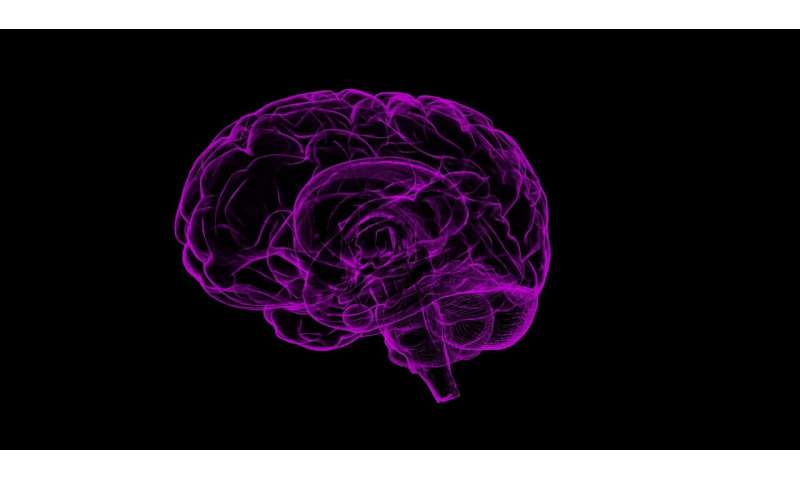Home » Health News »
Anti-psychotic medication linked to adverse change in brain structure

In a first-of-its-kind study using advanced brain imaging techniques, a commonly used anti-psychotic medication was associated with potentially adverse changes in brain structure. This study was the first in humans to evaluate the effects of this type of medication on the brain using a gold-standard design: a double-blind, randomized, placebo-controlled trial.
The study, conducted across several North American centers, and just published in the journal JAMA Psychiatry, could have an immediate impact on clinical practice according to lead author Dr. Aristotle Voineskos, Chief of the Schizophrenia Division, and Head of the Kimel Family Translational Imaging-Genetics Laboratory at the Centre for Addiction and Mental Health (CAMH) in Toronto, Canada.
Until the 1990s, antipsychotic medications were primarily administered to people with schizophrenia. But since then their use has expanded to major depression and a range of pediatric, adult and geriatric disorders, including anxiety, insomnia and autism, for which one in five patients are prescribed anti-psychotics.
“With the increased off-label prescribing of antipsychotic medications, especially in children and the elderly, our findings support a reexamination of the risks and benefits,” said Dr. Voineskos.
Because it is believed that antipsychotics protect against the harmful effects of untreated psychosis in the brain, they remain the foundation of treatment for schizophrenia. But the authors state that the adverse changes in brain structure found in this study are an important consideration for prescribing for psychiatric conditions where alternatives are possible.
The study examined patients with major depression who also experience psychosis who were prescribed antipsychotic medications olanzapine and sertraline for 12 to 20 weeks. For those who went into remission, participants were divided into a randomized double-blind phase—where one group continued with both medications and one was given a placebo instead of olanzapine. Magnetic Resonance Imaging (MRI) scans were taken before and after the placebo was introduced.
The study found evidence that sustained use of olanzapine verses a placebo was associated with potentially adverse changes in brain structure, namely a thinning of the cortex. These changes were even more prominent in the elderly study participants. But participants who experienced a relapse of psychotic symptoms also had potentially adverse changes in brain structure, emphasizing the essential role antipsychotics play in treating disorders where psychosis is present.
Source: Read Full Article



